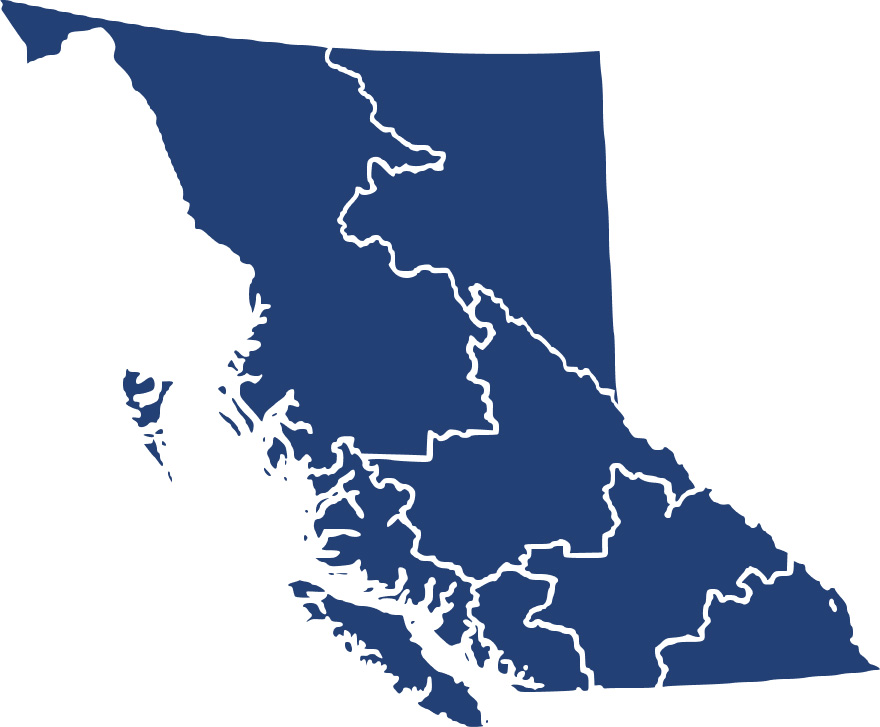Career Overview
Retail and wholesale buyers purchase goods to be resold by retailers and wholesalers.
This group includes buyers who are supervisors, as well as assistants.
Duties
Retail and wholesale buyers:
- Use past sales data and market trends to determine the amount and type of merchandise to buy
- Keep purchases within a set budget
- Study market reports, trade publications and sales promotion materials
- Visit trade shows, showrooms, factories and product design events
- Negotiate prices, discounts, credit terms and transportation with suppliers
- Oversee the distribution of goods to outlets and keep them properly stocked
- Report to senior management on sales and customer response
- Build and maintain relationships with vendors
- Ensure the quality of purchased products
- Supervise the work of other buyers
- May specialize in a specific merchandise line
Earnings
Earnings is income that workers receive in exchange for their labour. Depending on the type of employment, earnings can be in the form of wages (hourly), salaries (fixed monthly or annual) or self-employed earnings.
Work Environment
# Workers Employed
4,325% Employed Full Time
52%Retail and wholesale buyers usually work regular hours in an office setting. They may travel to trade shows, showrooms, factories and product design events to find new products. They often work together as part of a buying team.
The job requires a lot of computer work and the level of technology varies among employers. Some organizations use highly sophisticated tools. Others expect buyers to have the necessary advanced spreadsheet knowledge to analyze sales data.
Career Pathways
With additional training or experience, retail and wholesale buyers in junior roles may become supervisors or senior buyers. They may take on management positions in retail trade, sales, marketing or advertising.
Retail and wholesale buyers can specialize in a particular merchandise line by gaining experience or by taking product-related training. Having this specialized knowledge can also prepare buyers for supervisory or senior buying roles.
Related Careers
Occupational Interests
It’s important to understand what kinds of occupations align with your interests.
For more about occupational interests visit Skills for the Future Workforce > Characteristics.
Here are the top occupational interest(s) for this career profile:
Job Titles
Education, Training and Skills
Retail and wholesale buyers need a high school diploma.
Most positions also require:
- A university degree or college diploma in business, marketing or a related program
- Work experience in a retail or wholesale business
Supervisors and senior buyers must have experience as retail or wholesale buyers or in a particular product line.
Education programs in B.C.

Skills
Every job calls for a certain set of skills. Knowing those skills is the first step in finding a good career fit.
Here, you will find the 10 most relevant workplace skills. Some are more important to achieving success in a certain career than others. These skills may come naturally to you or you may need to gain them through education, training and experience.
See the list of work-related skills below, ranked in order of importance for this career. Check out the list and see if this career matches your skills—take that first step!
Talking to others to share information effectively.
Using logic and reasoning to identify the strengths and weaknesses of alternative solutions, conclusions or approaches to problems.
Giving full attention to what other people are saying, taking time to understand the points being made, asking questions as appropriate, and not interrupting at inappropriate times.
Bringing others together and trying to reconcile differences.
Convincing others to change their mind or behaviour.
Considering the relative costs and benefits of potential actions to choose the most appropriate one.
Understanding written sentences and paragraphs in work-related documents.
Understanding how new information could be used to solve current and future problems in making decisions.
Being able to solve novel, ill-defined problems in complex, real-world settings.
Being aware of others’ reactions and understanding why they react as they do.
Labour Market Statistics
Discover data, facts and information that have been gathered and analyzed. Learn about the characteristics of the economy and labour market in B.C.
Employment
Find out about employment types and trends by region and industry.
Employment
4,325Employment by Region















| Region | Employment | % Employment of this Occupation |
|---|---|---|
| Cariboo | 110 | 2.5% |
| Kootenay | 110 | 2.5% |
| Mainland/Southwest | 3,075 | 71.2% |
| North Coast and Nechako | 25 | 0.6% |
| Northeast | 25 | 0.6% |
| Thompson-Okanagan | 420 | 9.7% |
| Vancouver Island/Coast | 555 | 12.8% |
Labour Market Outlook
The B.C. Labour Market Outlook is a 10-year forecast of the expected supply and demand for labour in the province. It’s usually updated every year. The purpose is to provide British Columbians with the knowledge to make informed decisions on careers, skills training, education and hiring.
Forecasted Job Openings (2023-2033)
1,840Forecasted Job Openings
Forecasted Employment Growth Rate
Composition of Job Openings
Job Openings by Region (2023-2033)















| Region | Job Openings | Avg. Annual Employment Growth |
|---|---|---|
| Cariboo | 40 | 0.2% |
| Kootenay | 50 | 0.9% |
| Mainland/Southwest | 1,220 | 0.9% |
| North Coast and Nechako | 10 | 1.1% |
| Northeast | 10 | 0.1% |
| Thompson-Okanagan | 230 | 0.9% |
| Vancouver Island/Coast | 270 | 1.1% |
Industry Highlights
Learn about the opportunities in B.C.'s major industries, including employment trends, earning potential, locations of work and more.
Forecasted Job Openings by Industry
| Industry | Job Openings (2023-2033) |
|---|---|
| Retail Trade | 1,030 |
| Wholesale Trade | 390 |
| Manufacturing | 100 |
| Professional, Scientific And Technical Services | 100 |
| Information, Culture And Recreation | 80 |
Insights from Industry
Demand is especially high for experienced retail and wholesale buyers capable of working in senior roles.
The tools used to analyze sales data are becoming more sophisticated. Retail and wholesale buyers must be able to adapt to new technologies.
Resources
-
Canadian Professional Sales Association (CPSA)www.cpsa.com
-
National Association of Sales Professionals (NASP)www.nasp.com








